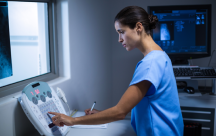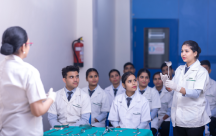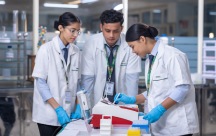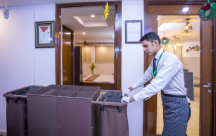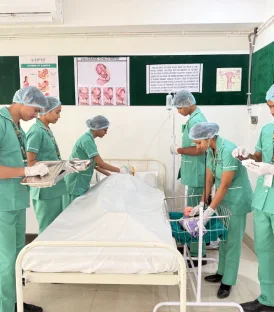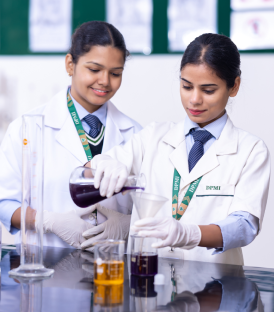October 15, 2025
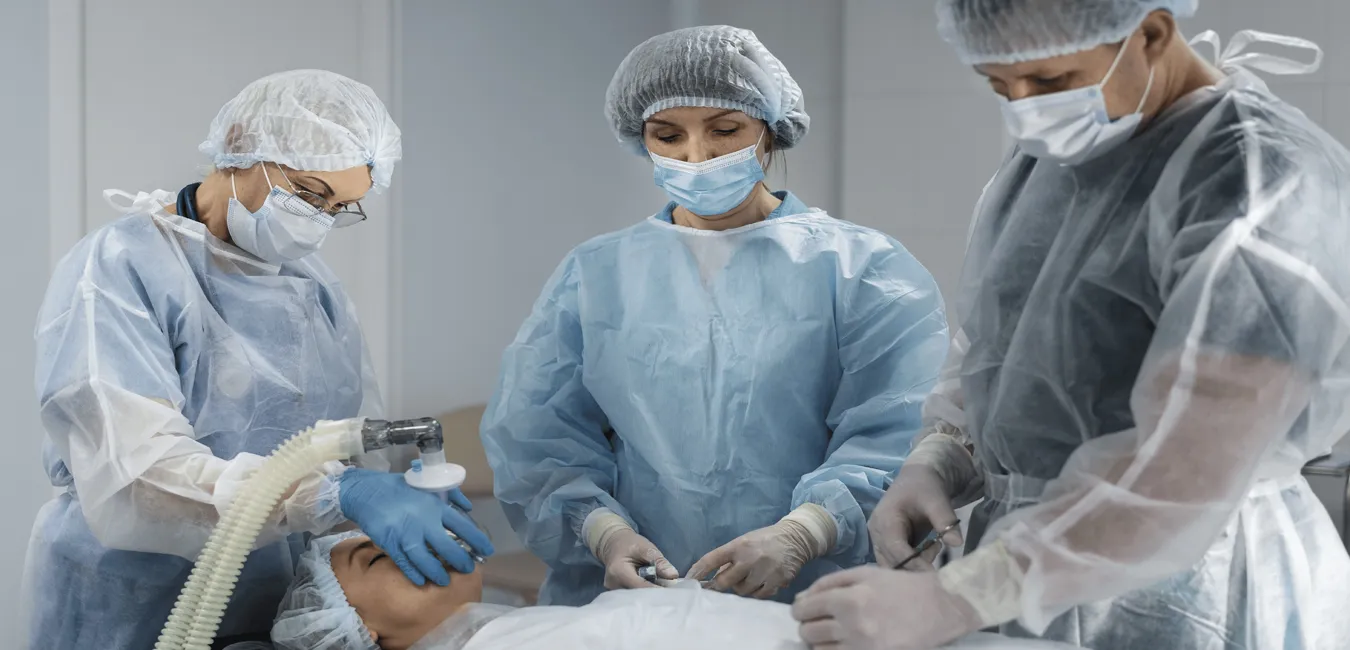
Post-operative recovery is an important aspect of patient care. During recovery, adverse events such as surgical site infections (SSIs) can occur. The SSIs represent one of the most prevalent types of healthcare-associated infections, and constitute a large percentage of post-operative morbidity and mortality. SSIs may also result in longer lengths of hospital stay, more medical interventions, and added expense for both the patient and healthcare systems. Understanding the risk factors, and evidence-based management strategies for SSIs is fundamental to ensuring optimal surgical outcomes and minimizing the chances of long-term complications. This blog discusses the intricacies of a surgical site infection and the various ways through which an SSI can be healed.
What is a Surgical Site Infection?
A surgical site infection (SSI) refers to an infection that occurs at or near the site where surgical incision was made. It can occur within 30 days of the surgical procedure, or up to 12 months following an operation that involves an implanted or prosthetic material, such as a pacemaker. An SSI occurs when pathogenic microorganisms enter the human body through the surgical incision. SSIs are not considered trivial complications as they are one of the most prevalent types of healthcare-associated infections (HAIs) worldwide. According to the World Health Organization (WHO), SSI account for up to 20% of all hospital-acquired infections and can be easily classified as a major public health problem.
Medical professionals have categorized Surgical Site Infection (SSI) into three broad types. Such classification is based on the layers of tissue affected by the infection at the surgical site.
1. Superficial Incisional SSI: As the name suggests, this type of infection is superficial and rarely harmful to the deep-rooted cells in the body.
2. Deep Incisional SSI: This variant of SSI extends into the deeper soft tissues, such as the fascia and muscle layers of the human body. The wound affected by the deep incisional SSI is highly prone to reopening simultaneously. It requires constant surgical revision, drain placement, and vacuum-assisted closure for proper recovery.
3. Organ SSI: This SSI is considered the most serious infection for the tissues of the human body organs. The infection travels to the core of the organ or body cavity, where the surgery was performed.
Healing a Surgical Site Infection: 5 Ways
Achieving recovery from a surgical site infection requires a combination of medical management. Medical treatment involves antibiotics or other medications, and proper follow up with surgeon, which is critical to management. Below are 5 evidence-based things you can do to promote recovery and make the healing process go a little smoother.
1. Proper Medical Evaluation and Antibiotic Intake: Once signs of infection start to show up, it is important to consult a healthcare professional as soon as possible. Most surgical site infections are treated with systemic antibiotics, based on the suspected or confirmed causal pathogen. The patient must complete the entire duration of antibiotic treatment since incomplete treatment may lead to recurrent infection or to the creation of new resistant pathogens.
2. Hygiene Awarenes: Diligent wound care greatly enhances healing in the long term. Some steps to mindfully take care of the wound include keeping the surgical site clean and dry, using sterile dressings, and following dressing change protocols specified by health care providers. Hand hygiene before and after contact with the wound is the primary preventative action that shall be mandatorily followed in every situation.
3. Surgical Drainage and Debridement: If either an abscess (a pocket of pus) develops or part of the tissue surrounding the wound becomes necrotic, it may be necessary for the physician to drain or clean the wound. Drainage allows the trapped fluid to escape, relieving pain and minimizing infection. Cleaning, i.e., debridement, removes the dead tissue that is hindering recovery. These two separate actions are normally necessary because medications alone cannot completely cure a significant infection.
4. Optimizing Patient Health and Nutrition: There are numerous patient-related factors that influence wound healing. Adequate protein consumption, appropriate micronutrients, particularly vitamin C and zinc, and hydration affect the process of tissue repair. Likewise, it is important for patients with comorbidities, i.e., diabetes, to ensure that their blood glucose levels are being managed appropriately, as hyperglycemia impairs wound healing.
5. Regular Monitoring and Follow-Up: Postoperative follow-up helps clinicians assess healing and allows for timely intervention in the case of complications. This can take the form of scheduled physical examinations, wound cultures, or imaging studies, if an injury extends more than just the skin.
The journey to healing a surgical site infection requires timely medical intervention, proper wound management, and supportive lifestyle adjustments.
At DPMI, we provide trusted information on health, wellness, and medical literacy so you can make informed choices for yourself and your family.
Also Read: Importance of Patient Safety in Radiation Treatment

